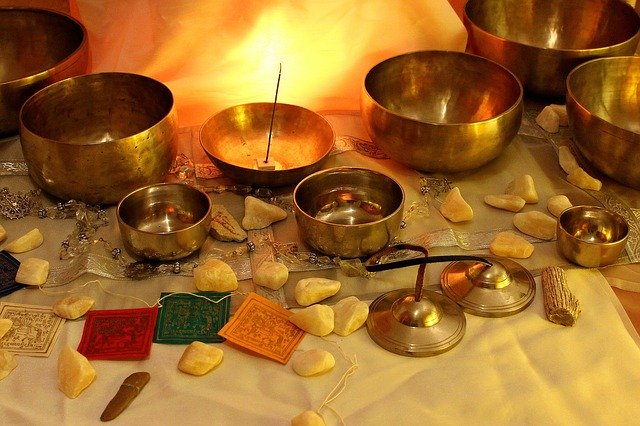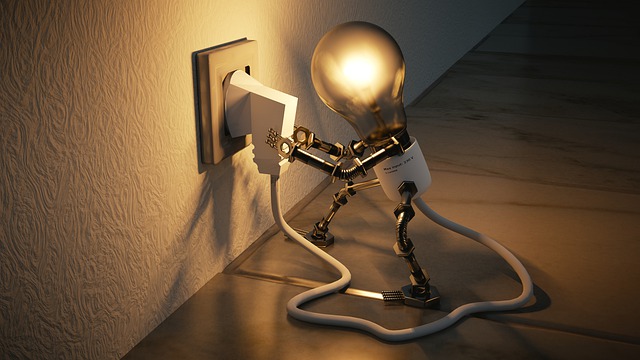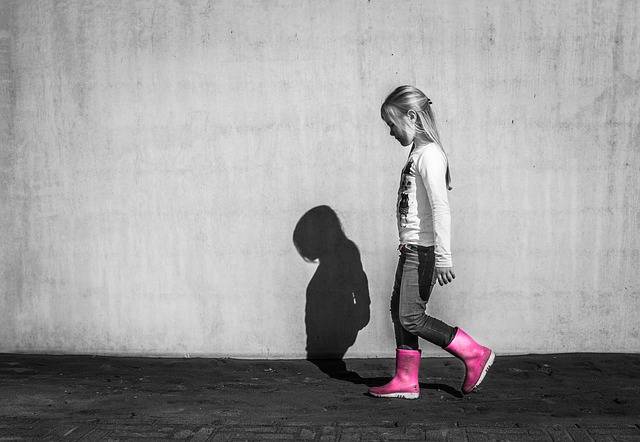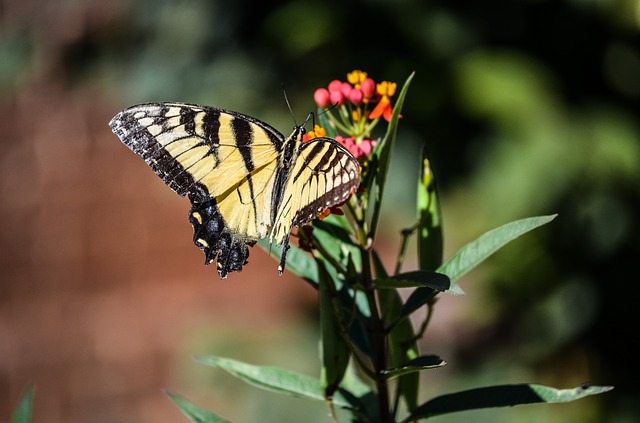Diana Winston in a recent meditation podcast was joined by Michael Perricone, musician and Master of Tibetan Singing Bowls. Diana provided guidelines for meditating with singing bowls as Michael generated music from the bowls. At the outset, she indicated that meditating with the singing bowls was a pathway to natural awareness, a process of open awareness, not bounded by a specific focus other than the sounds of the bowls themselves. The bowls provide sounds that give you a sense of the boundarylessness of natural awareness – like the spaciousness of the sky above.
Diana points out that we are always aware – we cannot switch off awareness, but we can focus it or be open to its universality by becoming conscious of awareness itself. This openness to awareness is a declining capacity as we become lost in thought, time-poor and focused on material values. I have previously discussed ways to develop natural awareness, and the Tibetan singing bowls offer another approach. The singing bowls, like meditation bells, are made of a special combination of metals that heighten the vibrations of the bowls and the resultant resonance.
The bowls have been used in mindfulness practice for centuries not only because they facilitate natural awareness but also because they enable relaxation and stress release. They are now used in music therapy, massage and yoga sessions. Michael offers a five-minute, Tibetan Singing Bowl Meditation on video using the bowls to illustrate their use in meditation. Diana’s singing bowl meditation is a thirty-minute meditation accompanied by Michael playing the bowls. The latter meditation is offered as part of the weekly meditation podcasts provided by MARC, UCLA. Michael provides additional mindfulness resources, including links to mindfulness apps (such as the Headspace app) and online courses (e.g. The Mindful Living Course conducted by Elisha Goldstein).
Using the singing bowls in meditation
Diana begins her meditation podcast with an initial focus on becoming grounded through posture and a brief body scan designed to release tension in parts of the body such as tightness in your stomach or stiffness in your shoulders or legs. She encourages you to take deep breaths to help you relax bodily.
Throughout the playing of the singing bowls, Diana provides support to enable you to be-with-the-sound as it reverberates around the room. She suggests that if you find the sound of the bowls confusing, overwhelming or distressing that you can drop back to focusing on your breathing or the sensation of your feet on the floor or your fingers touching. She also encourages you to refocus your listening to the sound of the bowls if you become diverted by your thoughts (e.g. trying to work out where to buy one of the bowls). This process of constantly restoring your focus on the sound of the singing bowls can progressively build your awareness muscle and develop deep listening skills.
Reflection
I found the singing bowls a bit intense in a longer meditation (e.g. 30-minutes) when I first listened to them and thought that beginning with a shorter singing bowl meditation can help initially to develop this mindfulness practice. Each person will experience the singing bowls differently, so the important thing that Diana stresses is personal choice – deciding how long you will practice meditation with the bowls and whether or not you will switch to another anchor, however temporarily. As we grow in mindfulness, we can use practices such as the singing bowl meditation to deepen our self-awareness, awareness of others and the world around us, and awareness of our connectedness to everyone and everything else.
_____________________________________
Image by Manfred Antranias Zimmer from Pixabay
By Ron Passfield – Copyright (Creative Commons license, Attribution–Non Commercial–No Derivatives)
Disclosure: If you purchase a product through this site, I may earn a commission which will help to pay for the site, the associated Meetup group and the resources to support the blog.









